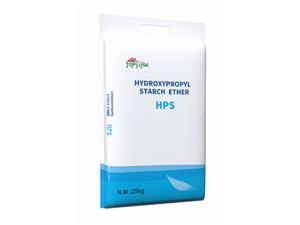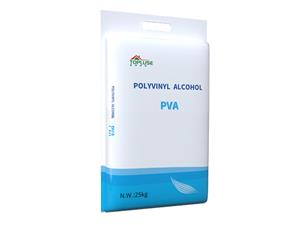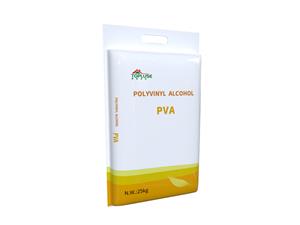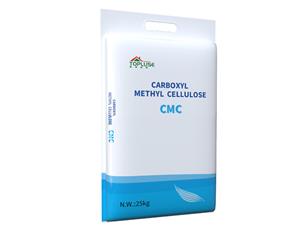Answers to frequently asked questions about hydroxypropyl methylcellulose.
1. What is the main use of hydroxypropyl methylcellulose (HPMC)?
A: Hydroxypropyl methylcellulose is widely used in building materials, coatings, synthetic resins, ceramics, medicine, food, textiles, agriculture, cosmetics, tobacco and other industries. Hydroxypropyl methyl cellulose can be divided into construction grade, food grade and medical grade according to its use. At present, most of the domestic products are construction grade. In the construction grade, the amount of putty powder is very large, about 90% is used to make putty powder, and the rest is used as cement mortar and glue.
2. There are several types of hydroxypropyl methylcellulose (HPMC). What are the differences in their uses?
Answer: HPMC can be divided into instant type and hot-soluble type. Instant products quickly disperse in cold water and disappear into water. At this time, the liquid has no viscosity, because HPMC is only dispersed in water and has no real dissolution. After about 2 minutes, the viscosity of the liquid gradually becomes larger, forming a transparent sticky colloid. Hot-melt products can quickly disperse and disappear in hot water when they meet cold water. When the temperature drops to a certain temperature, the viscosity slowly appears until a transparent viscous colloid is formed. Hot-melt type can only be used in putty powder and mortar. In liquid glue and paint, there will be a group phenomenon, so it cannot be used. Instant type, with a wide range of applications, can be used in putty powder and mortar, as well as liquid glue and paint, and there is no taboo.
3. How to judge the quality of hydroxypropyl methylcellulose (HPMC) simply and intuitively?
-Answer: (1) Whiteness: Although whiteness can not determine whether HPMC is easy to use, and if whitening agent is added in the production process, it will affect its quality. However, most good products have good whiteness. (2) Fineness: Generally, the fineness of HPMC is 80 meshes and 100 meshes, with 120 meshes less. Most HPMC produced in Hebei are 80 meshes, and the finer the fineness, the better. (3) Light transmittance: put hydroxypropyl methylcellulose (HPMC) in water to form a transparent colloid, and look at its light transmittance. The greater the light transmittance, the better, indicating that there are fewer insoluble substances in it. The transmittance of vertical reactors is generally good, but that of horizontal reactors is worse, but it cannot be said that the quality of vertical reactors is better than that of horizontal reactors, and the quality of products is still determined by many factors. (4) Specific gravity: The greater the specific gravity, the heavier it is. The ratio is large, generally because the hydroxypropyl content in it is high, so the water retention is better.
4. What is the proper viscosity of HPMC?
A: Generally, 100,000 putty powder is enough. Mortar is more demanding, and 150,000 putty powder is only useful. Moreover, the most important function of HPMC is water retention, followed by thickening. In putty powder, as long as the water retention is good and the viscosity is low (70,000-80,000), it is also possible. Of course, the viscosity is higher and the relative water retention is better. When the viscosity exceeds 100,000, the viscosity has little effect on the water retention.
5. What is the main function of HPMC in putty powder? Is it chemical?
Answer: HPMC plays three roles in thickening, water retention and construction of putty powder. Thickening: cellulose can thicken, suspend, keep the solution uniform and consistent, and resist sagging. Water retention: make the putty powder dry slowly and assist the reaction of lime calcium under the action of water. Construction: Cellulose has a lubricating effect, which can make putty powder have good workability. HPMC does not participate in any chemical reaction, but only plays an auxiliary role. Adding water to the putty powder on the wall is a chemical reaction, because a new substance is generated. If the putty powder on the wall is removed from the wall, ground into powder and reused, it will not work, because a new substance (calcium carbonate) has been formed. The main components of lime calcium powder are: a mixture of Ca(OH)2, CaO and a small amount of CaCO3. Cao+H2O = Ca (OH) 2-Ca (OH) 2+CO2 = CaCO3 ↓+H2O lime calcium generates calcium carbonate under the action of CO2 in water and air, while HPMC only keeps water and assists the better reaction of lime calcium, and it does not participate in any reaction itself.




